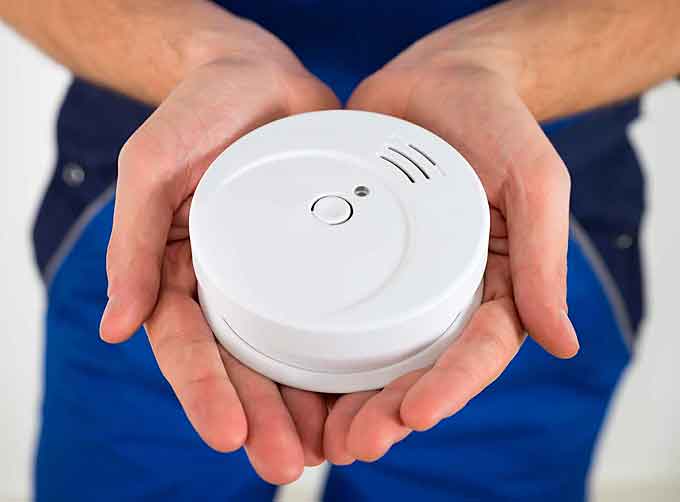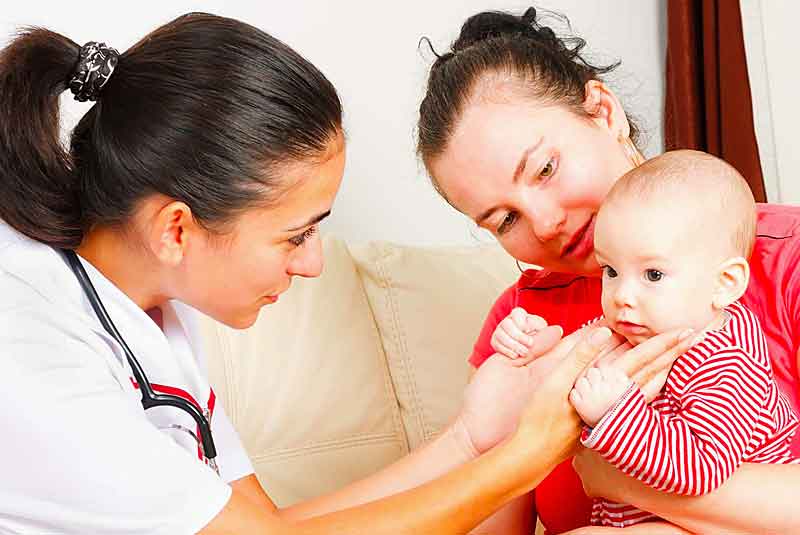
According to the National Fire Protection Association, almost 60 percent of residential fire deaths occur in homes without working smoke alarms.
We know from previous research on community canvassing programs that home visits can help get smoke alarms installed in at-risk homes.
Peer-reviewed research has, until now, not done a lot to identify best practices in home visit programs.
A recent study1 hoped to make progress in that regard by gaining a few key insights into what wins maximum neighborhood participation in a fire department canvassing effort.
(American Red Cross Home Fire Campaign – New Jersey Region One of four training videos to help volunteers become more familiar with their role during a home fire safety and smoke alarm installation event. Also see Fire Safety Home Visit, Documenter Training and Fire Safety Educator Training. Special thanks to FEMA Corps Topaz 9. Courtesy of the Red Cross New Jersey Region and YouTube. Posted on Jul 28, 2018.)
In over 170 separate canvassing events in Baltimore over a one-year period beginning in 2010, researchers zeroed in on several predictors of whether a resident would be:
-
At home at the time of a visit.
-
Willing to answer the door and allow firefighters to install a free smoke alarm and provide home safety education.
Research-based tips for canvassing events
To maximize community participation, fire departments should:
-
Plan deliberately ahead of the event.
-
Conduct your home visits on nights and weekends to significantly increase the odds of finding residents at home.
-
-
Ask a community health worker to promote your event 3-4 days in advance by going door-to-door and speaking with residents, or leaving hang tags if no one is at home.
-
Consider the weather.
-
Residents in this study were reluctant to allow firefighters into their homes during rainy weather.
-
Learn more about this research
This research article is available through the U.S. Fire Administration’s library by contacting netclrc@fema.dhs.gov.
1Debinski, B., McDonald E., Frattaroli, S. Shields, W., Omaki E., Gielen A. (2017). Predictors of participation in a fire department community canvassing program. Journal of Burn Care and Research: Vol 38 (4), 225-229.

Study reveals successful smoke alarm installation partnership
Nurses from the Nurse-Family Partnership of Maricopa County regularly visit the homes of low-income families to help them learn important child development and safety skills.
In a recent study — Pilot Study of a Novel Partnership for Installing Smoke Alarms1 — the nurses informed parents of an opportunity to have smoke and carbon monoxide (CO) alarms installed for free in their homes.
They sent referrals to the Phoenix Fire Department (PFD) and then went with firefighters to the homes for the installation.
The PFD installed the alarms and provided fire safety education.
(Learn More. The Phoenix Fire Department is hiring firefighters. This video gives an honest look into the job and asks the question, Are You The Right Fit? Courtesy of PFD and YouTube. Posted on Nov 1, 2017.)
Program impact
-
Fifty-five percent of the homes did not have a working smoke alarm at the time of visit and 92 percent had no CO alarm.
-
By end of the visits, every home had a working smoke alarm and a CO alarm.
-
-
Family knowledge of fire and CO safety significantly improved from an initial baseline score.
Research takeaways
-
Canvassing programs typically experience low-rates of participation. Some programs report that only 30 percent of residents allow access.
-
This type of partnership greatly eased access to homes.
-
-
Three- to four-person teams were needed in order to interact with the families and simultaneously install the smoke alarms.
-
The PFD relied mostly on cadets to staff the home visits.
-
This eliminated overtime expenses and reduced costs.
-
-
Some families were reluctant to admit firefighters into their homes because of fear of government officials or embarrassment at the poor condition of their homes.
-
Nurses helped overcome this by reassuring families that the PFD was only interested in safety.
-
The firefighters won trust by complimenting families on their homes and bringing small gifts for the children.
-
-
Both fire department community canvassing and nursing/social worker home visiting programs already operate independently around the country.
-
This model proposes partnering these existing programs to achieve better outcomes by leveraging existing organizational and human resources.
-
-
Fire departments and home visiting programs can use the lessons learned from this study to successfully partner and organize their own community intervention.
Learn more about this research
For more about this study, read the research paper online.
This research article is also available through the U.S. Fire Administration’s library by contacting netclrc@fema.dhs.gov.
1Omaki, E., Frattaroli S., Shields W., McDonald E., Rizzutti N., Appy M., Voiles D., Jamison S., Gielen A. (2018). Pilot Study of a Novel Partnership for Installing Smoke Alarms. Maternal and Child Health Journal: 07 February 2018, 1-8.
(Learn More about maternal, infant and early childhood home visiting programs. Courtesy of the First Five Years Fund and YouTube.)















